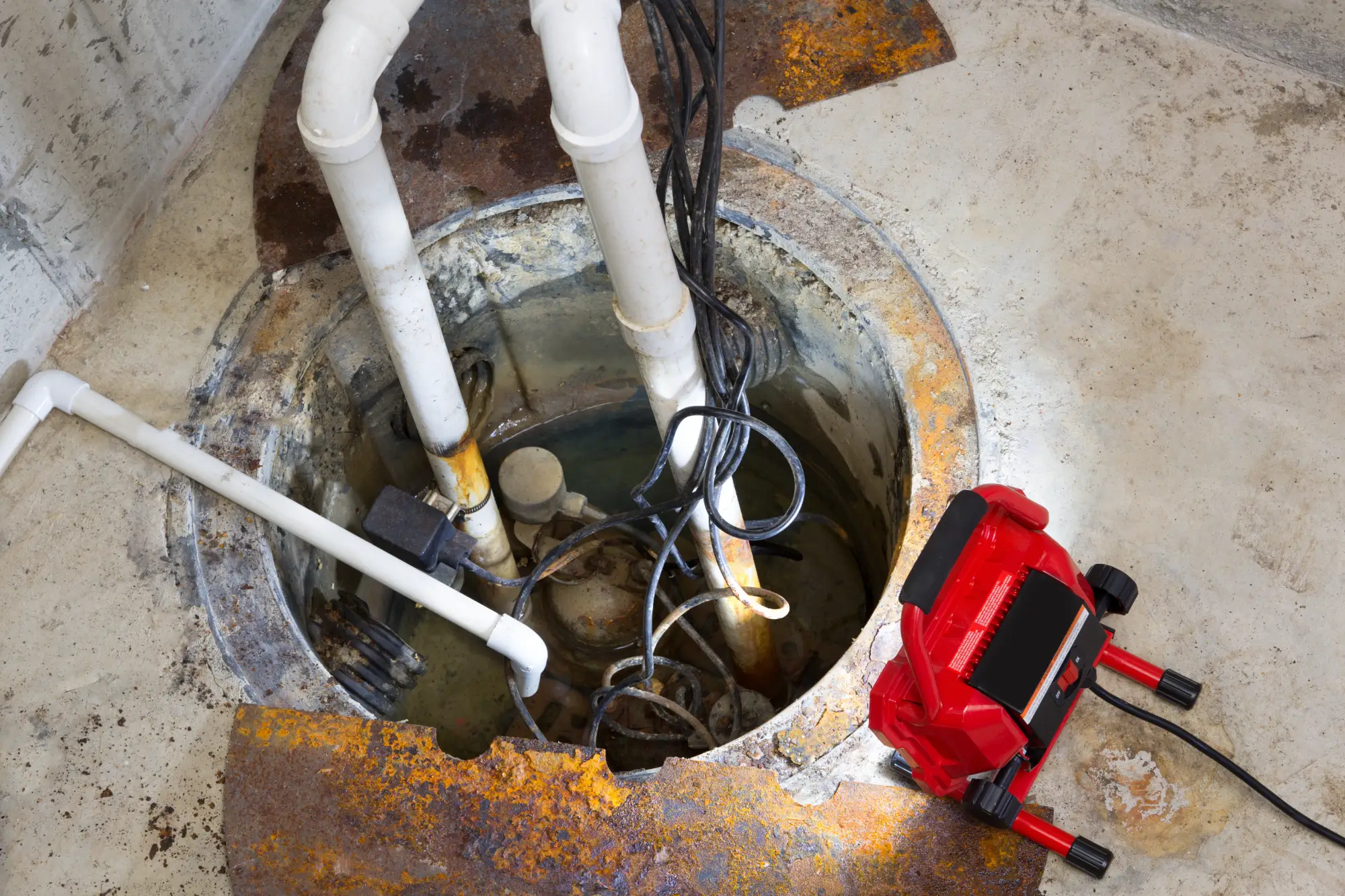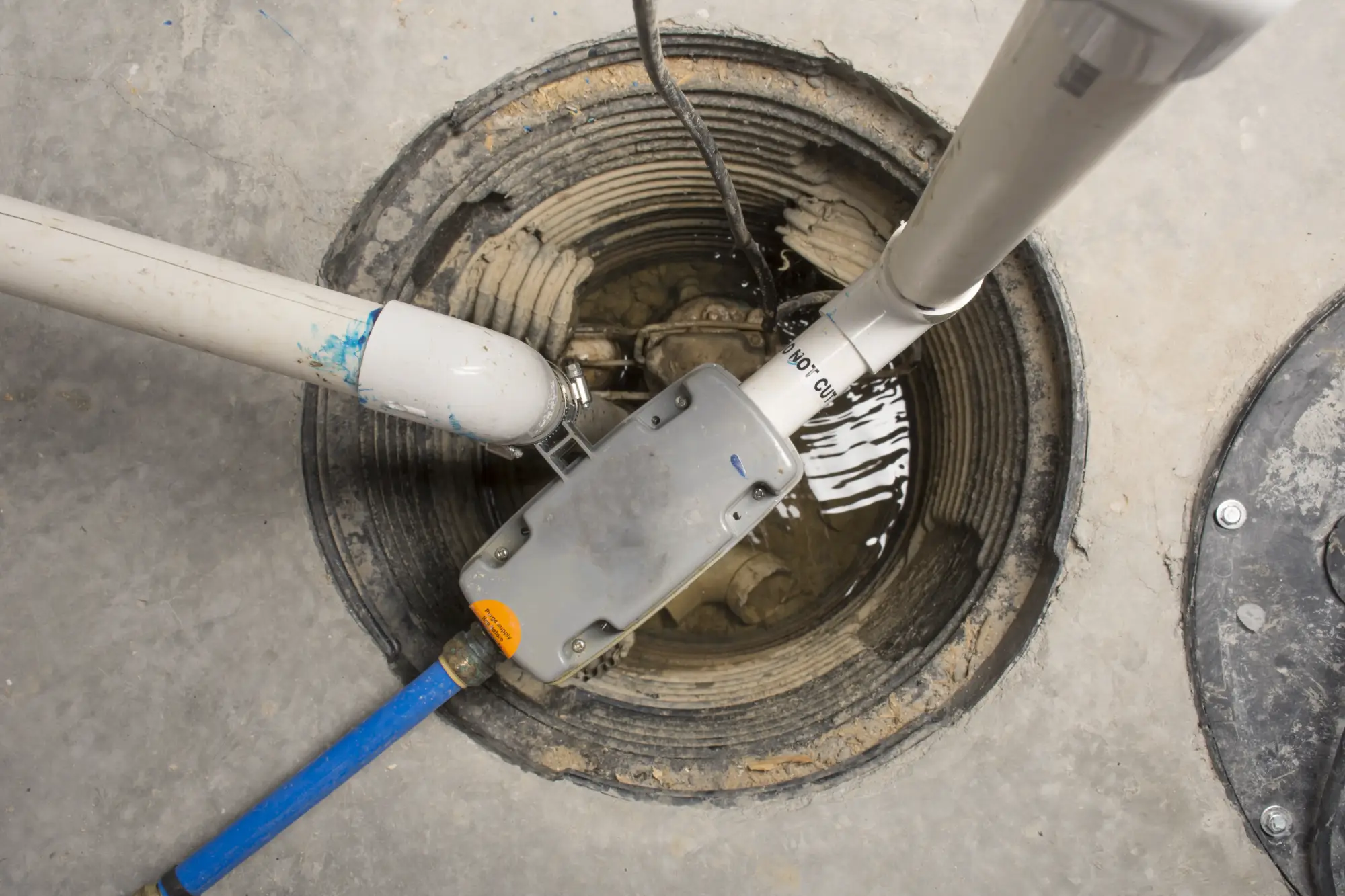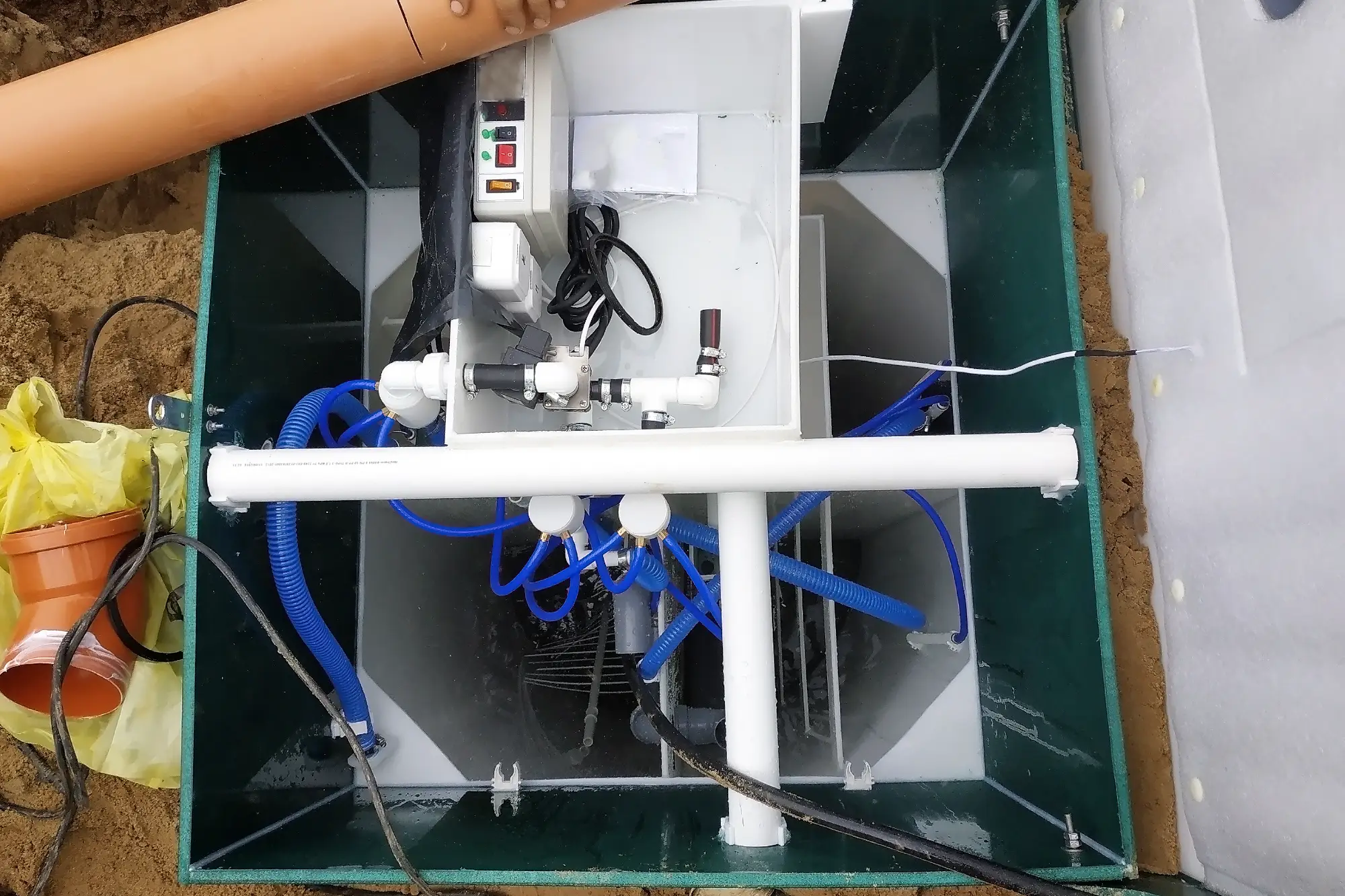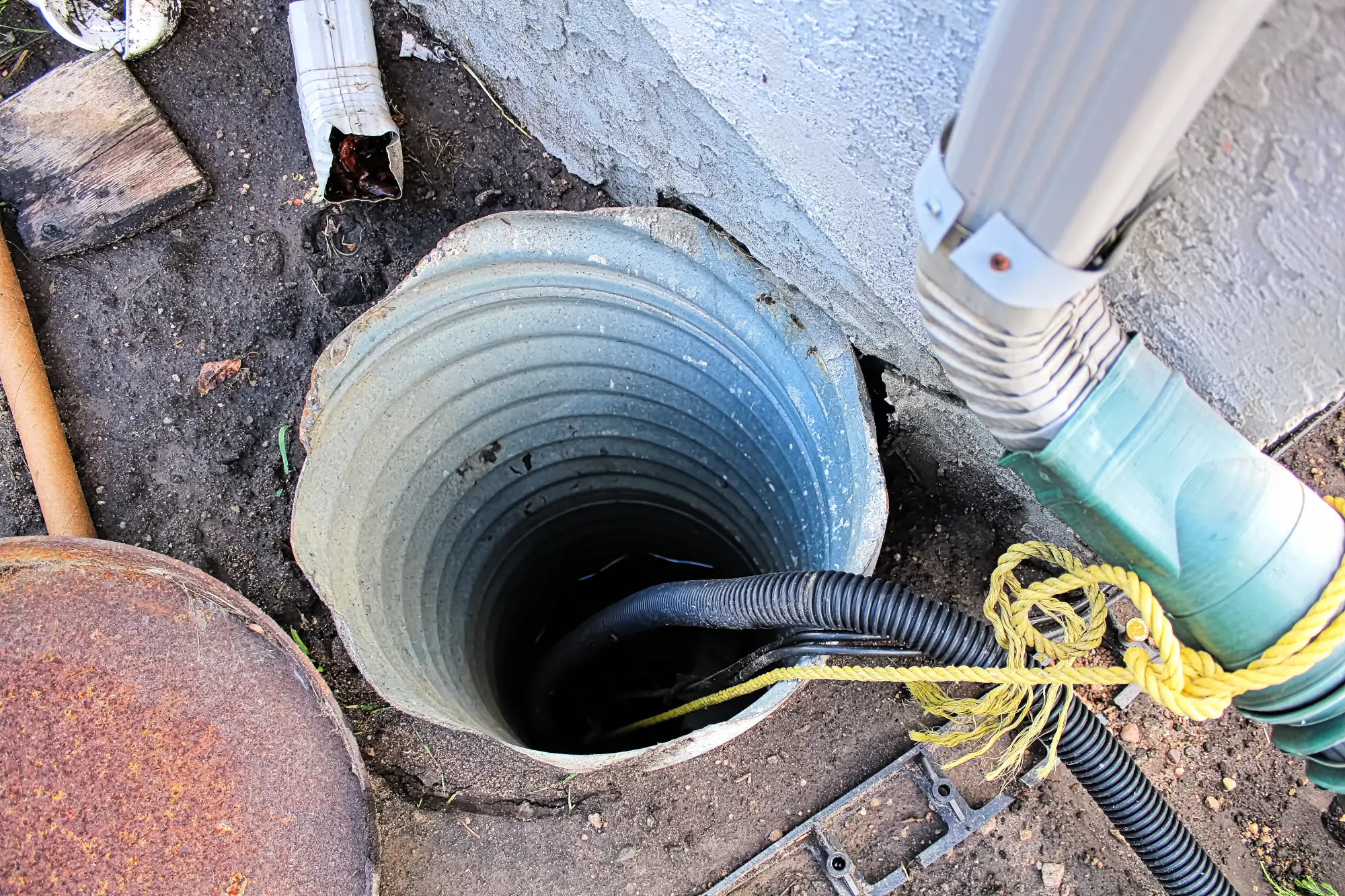Sump Pump Installation in Lynbrook, NY
Stop Basement Flooding Before It Starts
Professional sump pump installation that keeps your basement dry when storms hit hardest.

Hear About Us

Basement Protection Lynbrook NY
You’ll sleep through storms knowing your basement sump pump system is working around the clock. No more rushing downstairs during heavy rain to check for water. No more moving everything off the floor when the weather forecast looks bad.
Your finished basement stays a usable space. Your stored belongings stay safe and dry. Your home’s value stays protected from water damage that can cost thousands to repair.
When other homes in Lynbrook are dealing with flooded basements, yours stays completely dry. That’s what a properly installed basement sump pump system does – it gives you complete confidence that your basement protection is handled, automatically.
Sump Pump Installers Lynbrook
Diamond Masonry & Waterproofing LLC has been protecting Long Island basements for years. We understand how Lynbrook’s soil conditions and water table affect your home’s foundation and drainage needs.
Every sump pump installation we complete meets local building codes and is designed to handle the specific water challenges that Long Island homeowners face. We’re not general contractors trying to figure out waterproofing – this is what we do every day.
When you need reliable sump pump installation in Lynbrook, you’re working with specialists who’ve seen every type of basement water problem and know exactly how to solve it permanently.

Sump Pump Installation Process
First, we assess your basement’s specific drainage needs and determine the best location for your sump pit. We excavate the pit to the proper depth and install a high-quality liner that won’t crack or shift over time.
Next, we install your sump pump with the appropriate horsepower for your home’s needs. We connect all discharge piping with proper slope and routing to move water away from your foundation effectively. All electrical connections are made to code with GFCI protection.
Finally, we test the entire system to ensure it activates properly and moves water efficiently. You’ll see exactly how your new basement sump pump installation works, and we’ll explain the maintenance schedule to keep it running reliably for years.

Ready to get started?
Explore More Services
About Diamond Masonry & Waterproofing
Get a Free Consultation
Custom Sump Pump Solutions
Your sump pump installation includes professional excavation of the sump pit, a durable pit liner, and a high-quality water sump pump sized correctly for your basement’s square footage and typical water volume. We install all discharge piping with proper grading to move water at least 10 feet from your foundation.
Every installation includes code-compliant electrical work with GFCI protection and proper grounding. We can add battery backup systems for power outage protection and alarm systems that alert you if water levels get too high.
For Lynbrook homes with specific challenges like high iron content in groundwater or limited discharge options, we provide custom sump pump solutions that address your property’s unique conditions. Every system comes with our installation warranty and guidance on maintenance schedules.

How long does sump pump installation take in my Lynbrook home?
What size sump pump do I need for my basement?
Will my sump pump work during power outages?
How often does a sump pump need maintenance or replacement?
Where does the water from my sump pump go?
Can I install a sump pump myself or do I need professionals?
Local Resources
- Google Map Link
- Find the Lynbrook, NY USPS
- Locate Nearby Lynbrook, NY Pharmacies
- View the Current Weather in Lynbrook, NY
- Lynbrook, NY is located in Nassau county in New York State